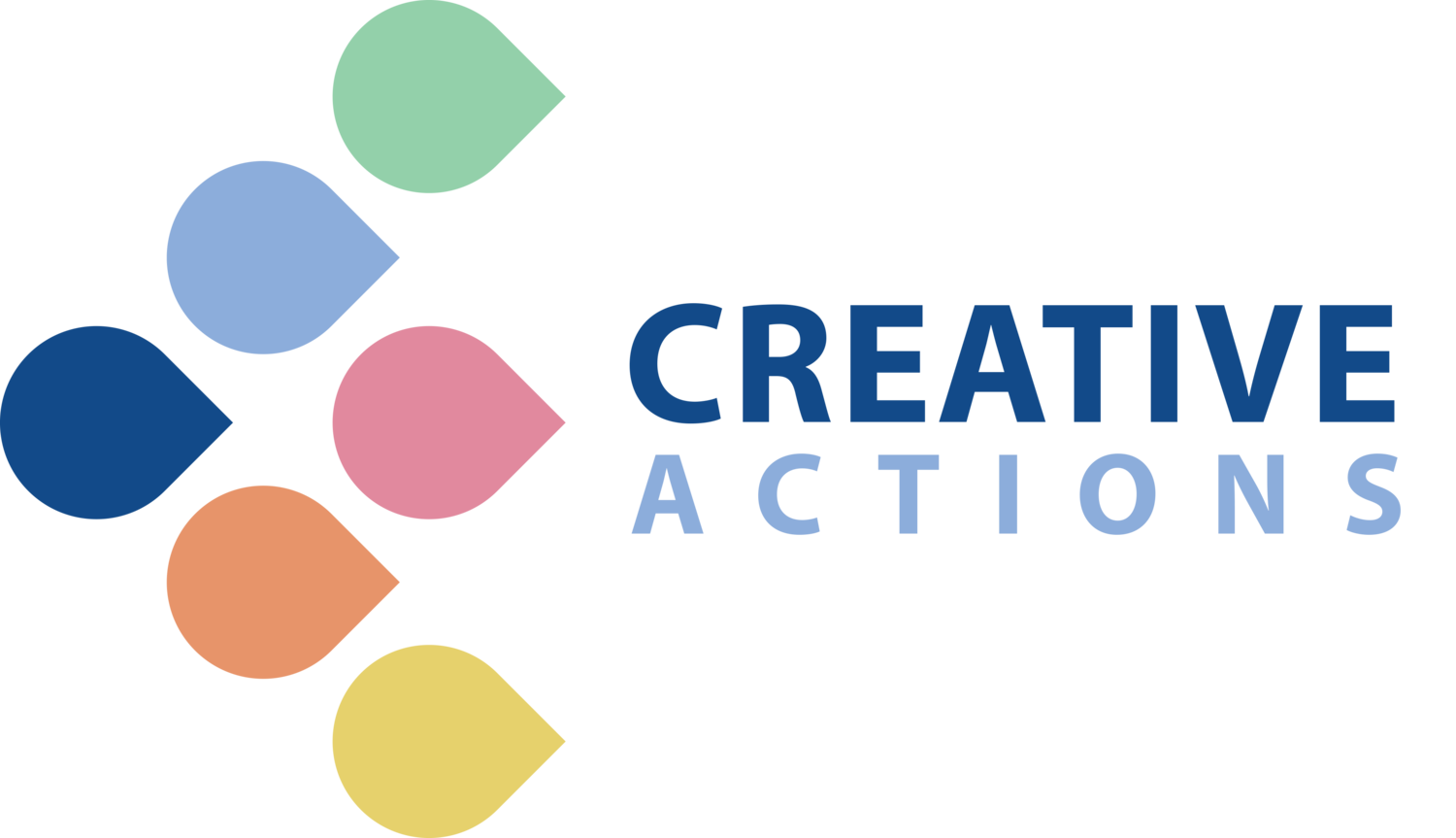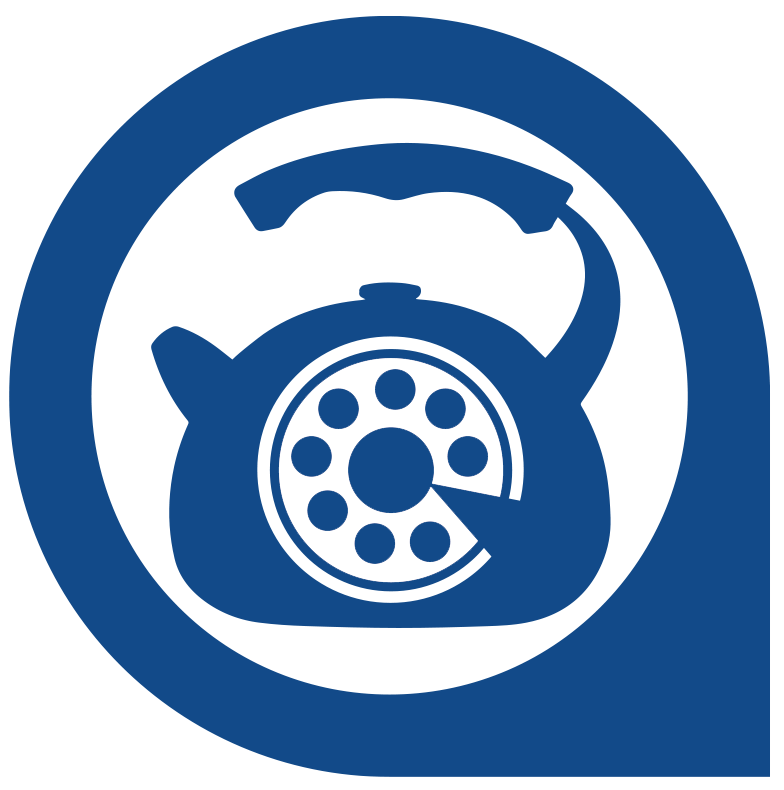CREATIVE SCHOOLS SURVEYS
Schools are increasingly moving toward data driven change. For change to be measured effectively, it is essential to obtain baseline measures. Data not only provides an insight into the elements of creativity in a school, it allows leadership to test the level and efficacy of change and quantify a tangible return on investment in terms of academic outcomes and professional development. Here at Creative Actions, we believe in bespoke data reporting, not generic measurement. Creative Actions utilises four evidence-based measures to inform the baselines of organisational creative capacity – Creative Leadership, Teacher Self-report, Student Observation of Teacher Creativity, Student Creativity Measure.
These surveys can be done individually or as a whole school snapshot. Costings and quotes are available on request.
Creative Leadership Questionnaire
While there has been much discussion regarding the creative capacity of classroom teachers and students, creative capacity is also an essential set of attitudes and skills for school management. The Creative Leadership questionnaire has been designed to provide school leadership with a baseline measure of the current creative views and perceived creative practices of managers within the organisation.
This survey measures creative attitudes in four dimensions. Managers respond to questions regarding their belief systems of their own creativity, how they act creatively in the workplace, how much creative confidence they believe their staff have in them, and their perception of how creativity is communicated within the whole organisation. The survey should take no more than 10 or 15 minutes to complete.
Creative Actions then constructs an individual report, comprising of a radar plot of the four dimensions, and a written discussion of individual questions which reflect an existing asset or area for development. The report will conclude with suggestions for bespoke professional learning for the individual in order to build their creative capacity as a manager. A copy of the report will also be emailed to the principal or deputy principal in order for them to have an understanding of the individual's needs. Managers will receive professional reading materials in addition to information as to how to build their creative capacity, and design opportunities to demonstrate this. Collectively the responses will also provide senior management with opportunities to build their creative capacity as leaders.
Creative Educator Self-Report
There is an increasing body of evidence that there are range of views held by teachers regarding creativity. This survey measures creative beliefs, attitudes and current creative pedagogies and practices in the classroom. The survey should take no more than 10 or 15 minutes to complete.
Creative Actions then constructs an individual report, including a written discussion of individual questions reflecting an existing asset or area for development. A copy of the report will also be emailed to the head of faculty or department in order for them to have an understanding of the individual's needs. Collectively the responses provide management with opportunities to build targeted, bespoke, individual professional development. There is ample evidence that bespoke professional development provides a much greater return of investment in terms of evolution of practice than generic group based professional learning. Teachers will receive professional reading materials in addition to information as to how to build their creative capacity. Teachers clearly need specific applied examples of how to build creative capacity in their individual context, in terms of subject area and year level.
Student Observation of Teacher Creativity
There is ample evidence that teacher creativity in the classroom builds student creativity, student and teacher well-being, subject engagement, motivation, and has a positive impact on academic results. However, there is little evidence as to how students perceive teacher creativity in the classroom. Teachers may perceive that they foster creativity in the classroom while their students may have different perspectives. Studies which included classroom observation showed that there were teachers with positive beliefs and considerable knowledge about creativity who did not incorporate creativity-fostering tasks in their lessons.
The attitudes and practices identified in the survey are those which the evidence has shown have the greatest impact upon teachers building the creative capacity of their students. Data from this survey, combined with the teacher self-report surveys give school management and teachers an insightful view of creative attitudes and practices in the school classrooms. This anonymous survey also indicates to students that their observations of teacher practice are valued and can be utilised to affect pedagogic change.
Measure of Student Creativity
An increasing a body of evidence has demonstrated that creative attitudes and skills not only impact student creativity in the classroom, but have a tangible positive impact upon academic results, including both NAPLAN and ATAR. This 20-minute survey identifies each student’s attitudes and self-beliefs in terms of creativity within individual subjects. Findings from the survey can be used by teachers to build both creative self-belief and creative capacity in individual students within their subject area.
The survey also identifies students’ beliefs regarding their creativity as independent learners. As students travel towards the end of high school it is essential they have their own individual creative independent learning strategies. Their strategies will not only improve academic results within school but provide a key set of competencies for life after school.





